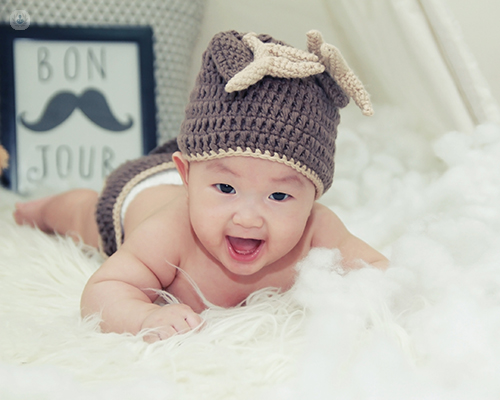

Children’s plastic surgery is a sub-specialty of plastic surgery that focuses on children. The sub-specialty treats both common and complex conditions and malformations that affect children, and may be treated or corrected by plastic surgery, allowing them to function at the highest level.

What conditions are children’s plastic surgery used for?
Children’s plastic surgery is used for any conditions or deformities affecting children. However there are some conditions that are more commonly treated in children using plastic surgery.
Cleft lip and palate
- Cleft lip and/or palate is a congenital condition that occurs during pregnancy, and is when the upper lip or palate doesn’t fuse together during pregnancy. This can cause feeding difficulties and problems with speech development. The malformation is corrected using one or a number of plastic surgery procedures, during the early weeks and months of the baby’s life, with the possibility of follow up procedures being needed as the child ages.
Scar management
- Children are naturally unsteady on their feet during their early years, they may have injuries from falls, and in worst case scenarios, may develop unsightly scars. These may be able to be corrected using certain plastic surgery techniques.
Treatment of skin tumours and abnormalities
- Children may be born with or develop skin abnormalities, such as tumours, cysts, unsightly moles or birth marks. Depending on the abnormality, plastic surgery may be the most suitable option.
Aesthetic plastic surgery
- While aesthetic plastic surgery for adults and children is different, there are some procedures that crossover such as otoplasty to correct prominent ears.
What does children’s plastic surgery involve?
Children’s plastic surgery follows most of the same principles involved in adult plastic surgery. General anaesthesia will be used in most cases, and many of the same techniques. Within the plastic surgery specialty, paediatric plastic surgeons will have expertise in treating children.
